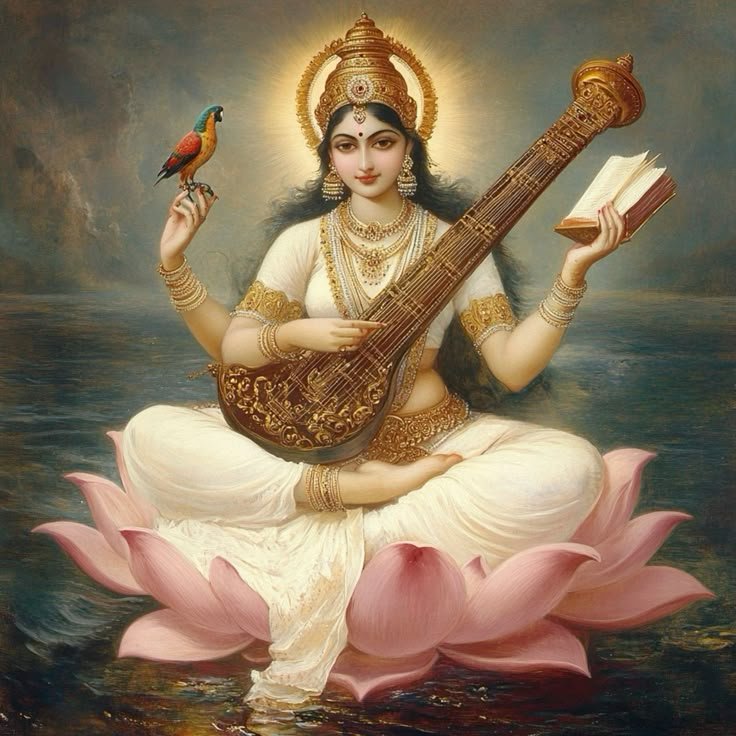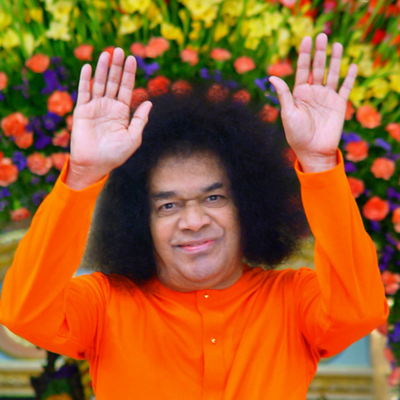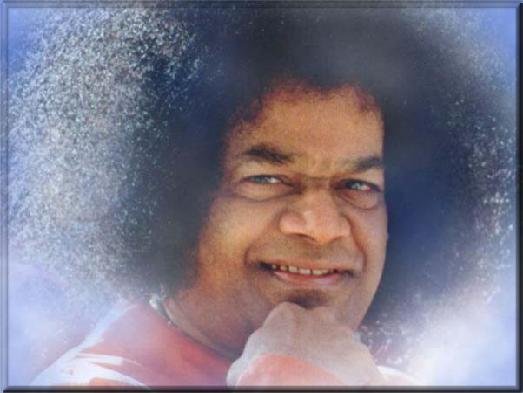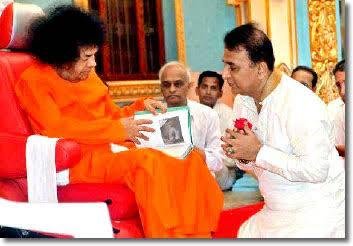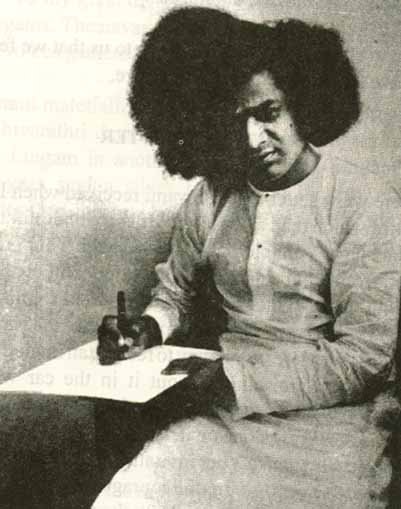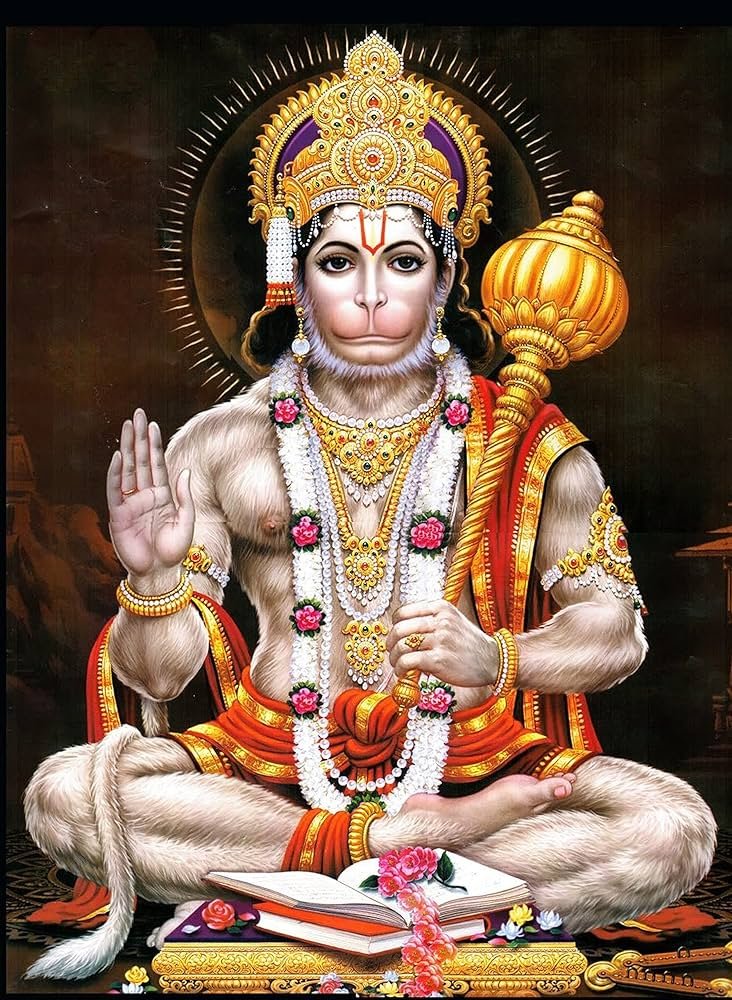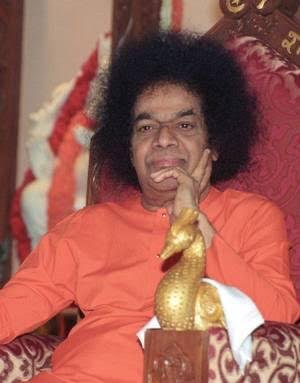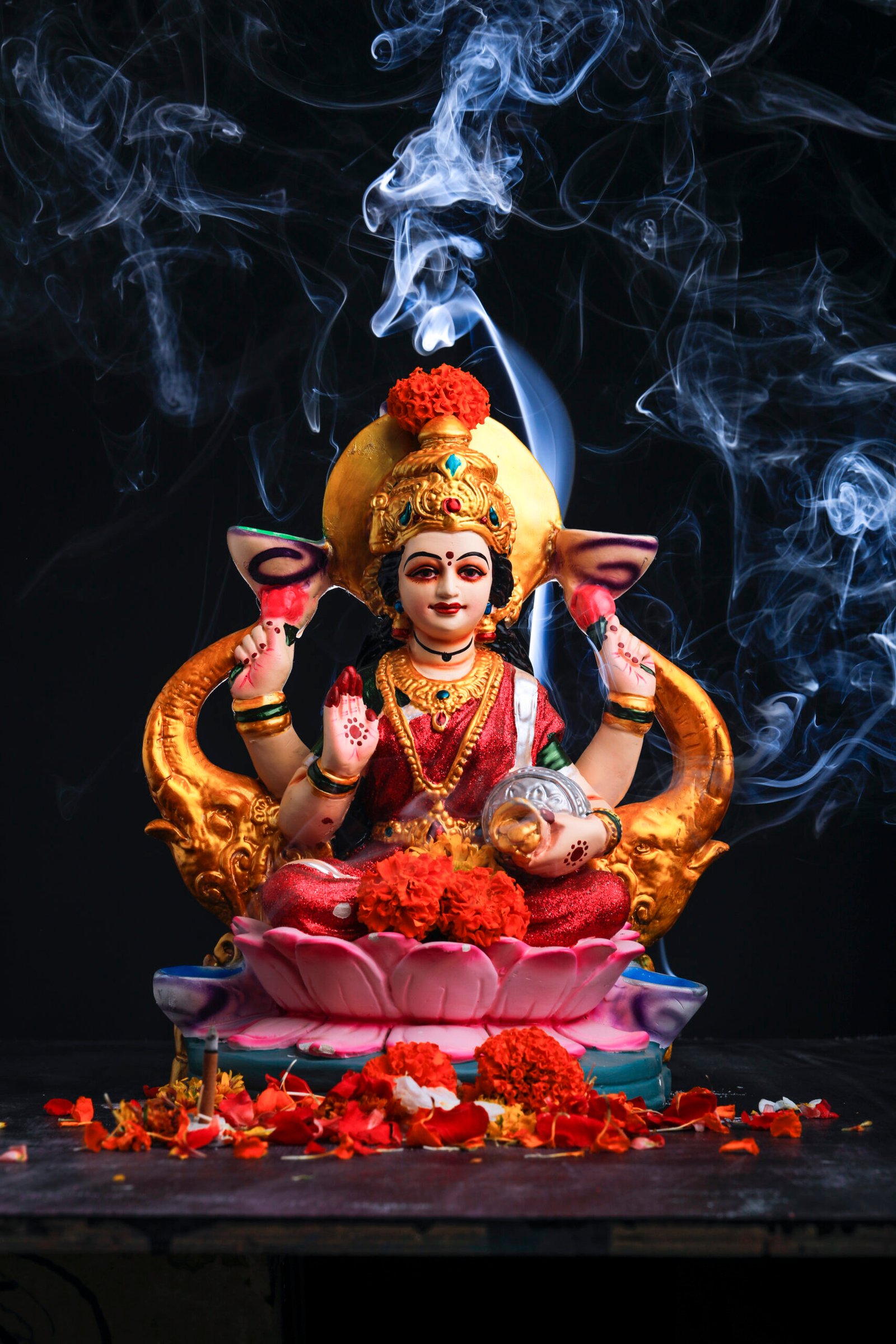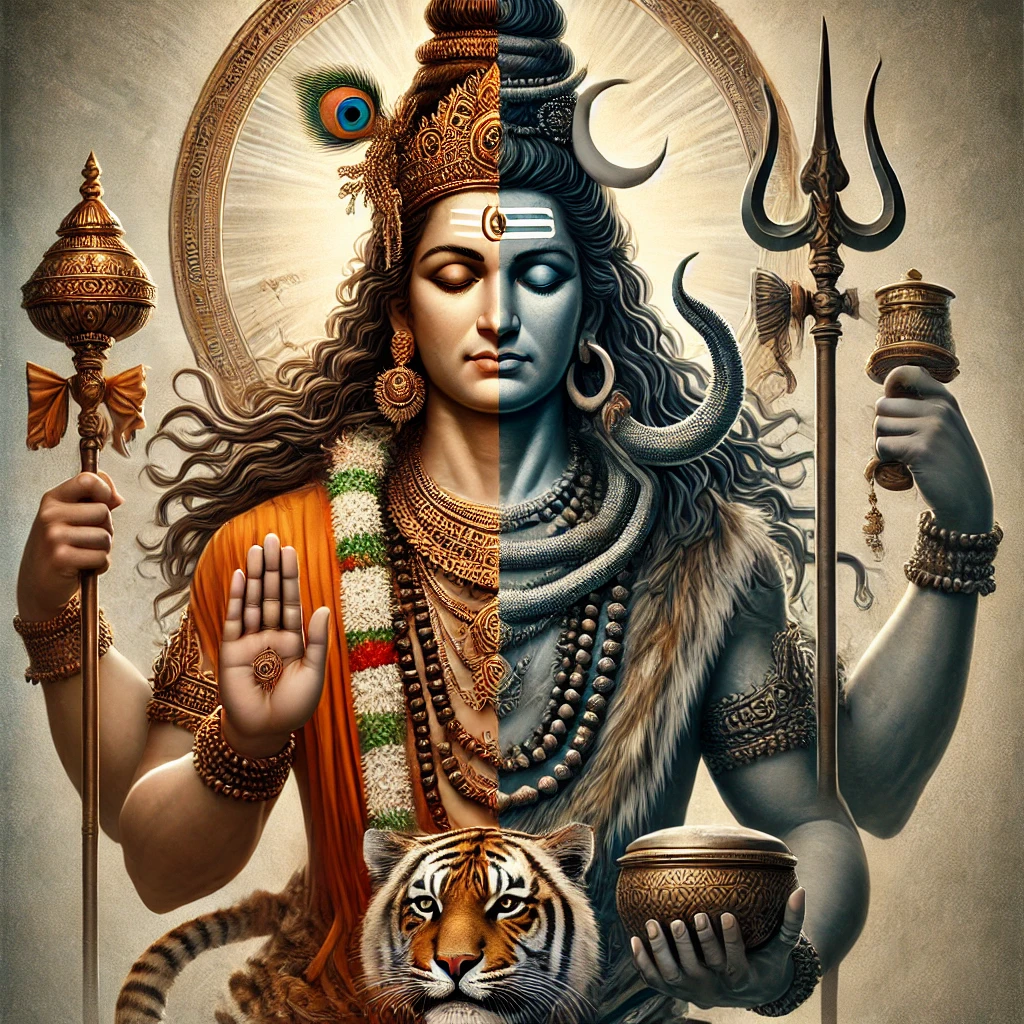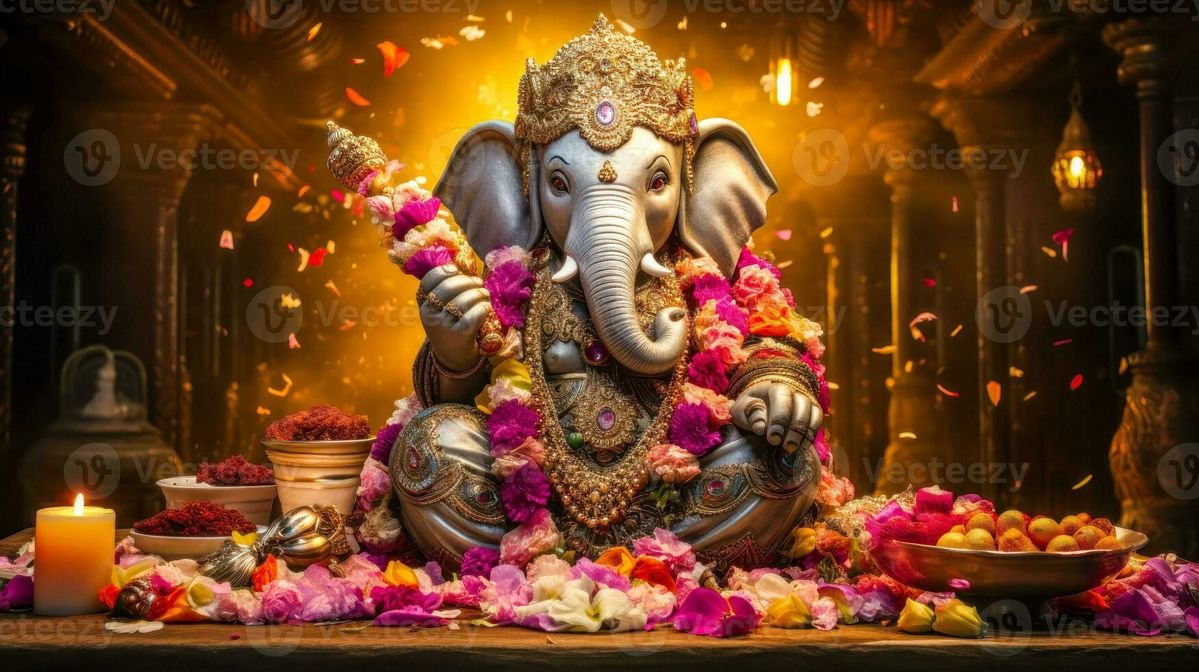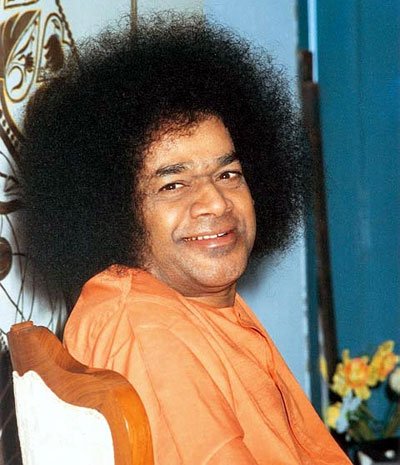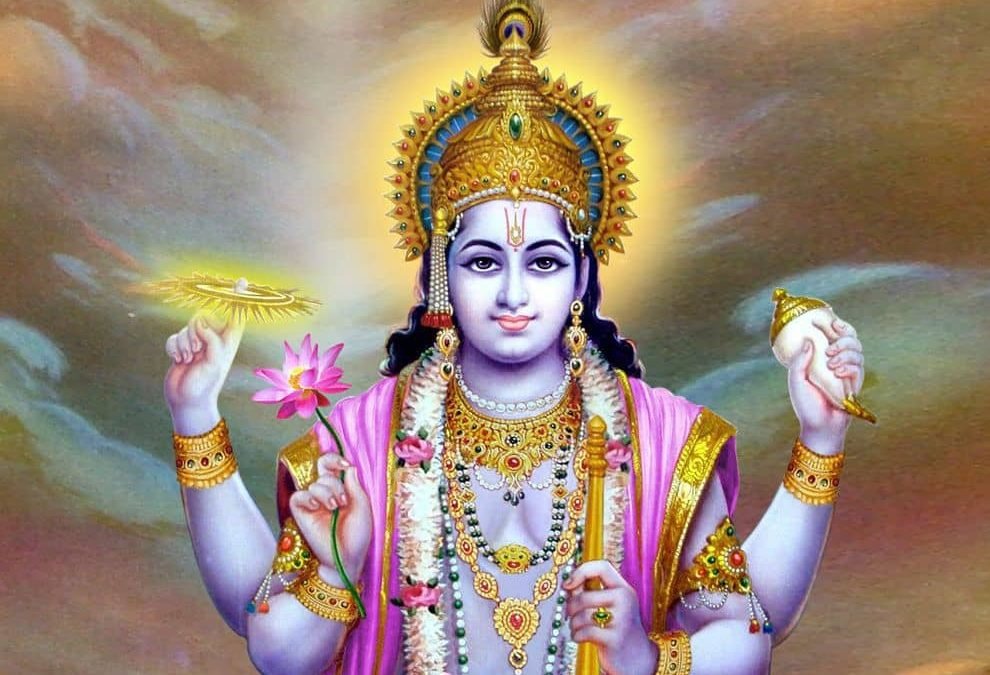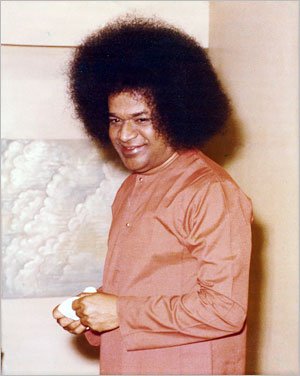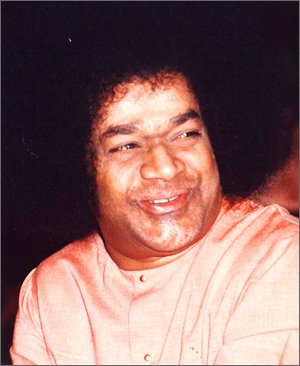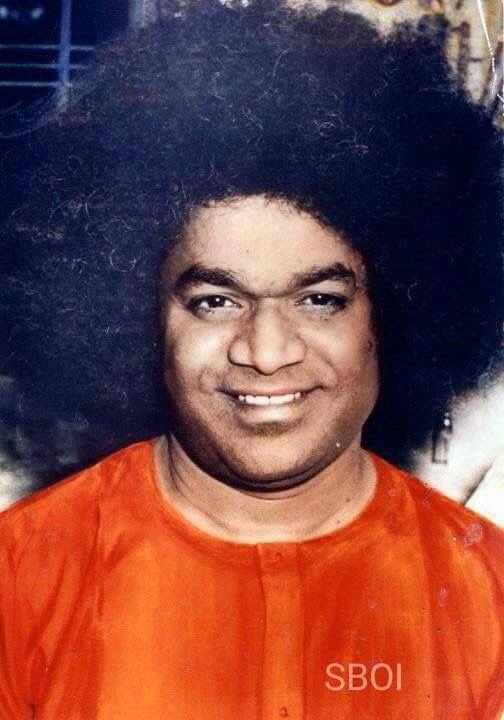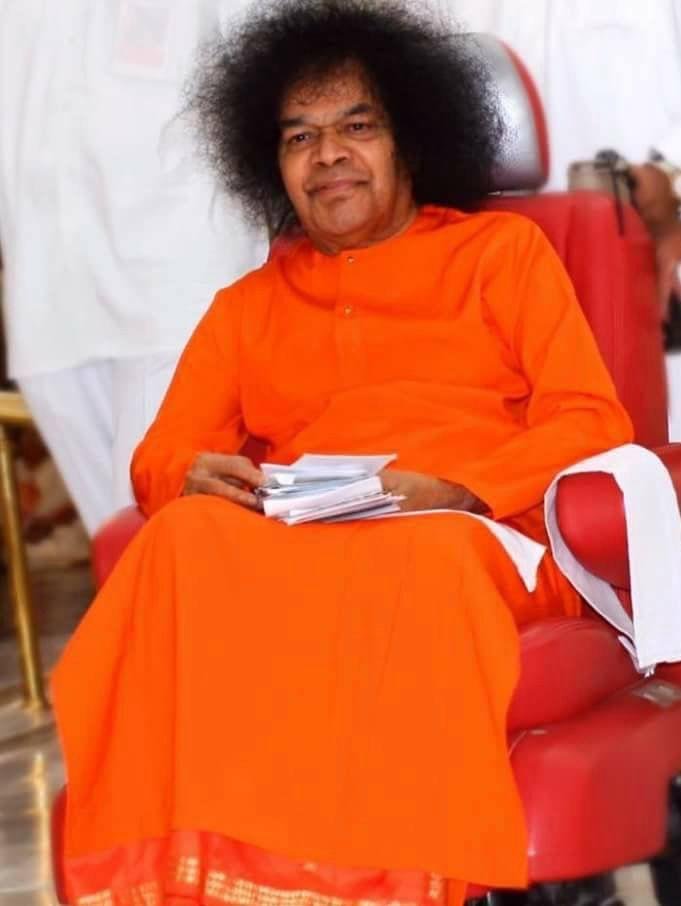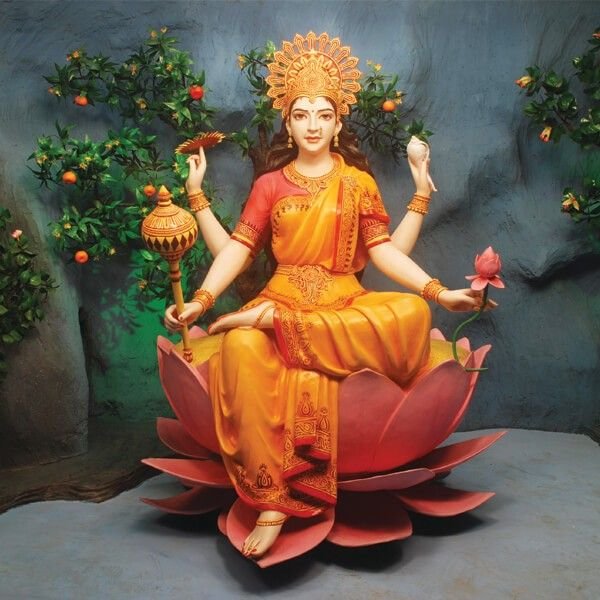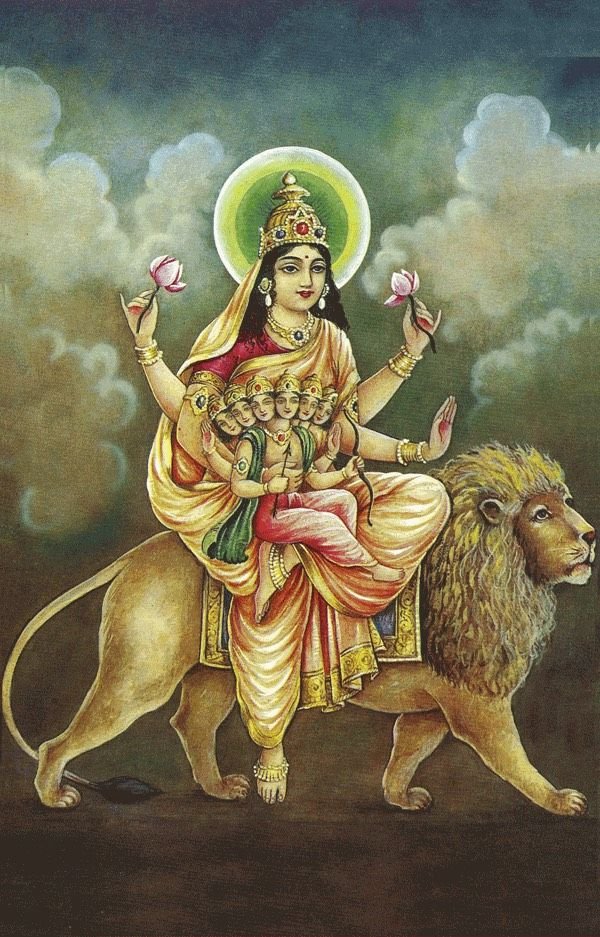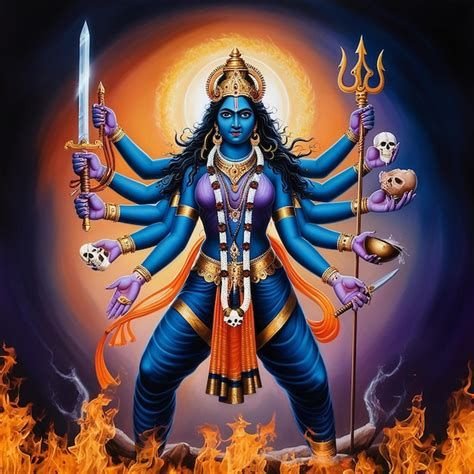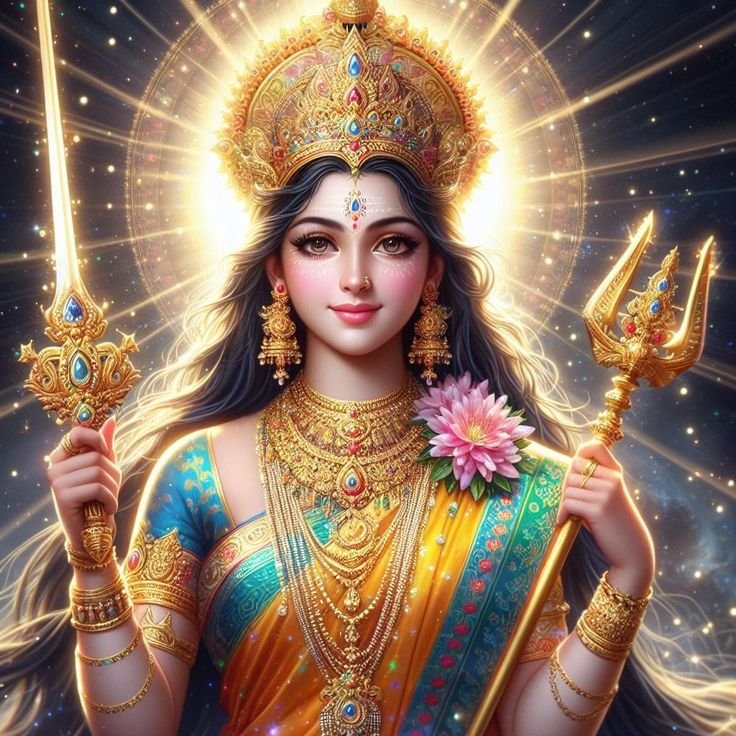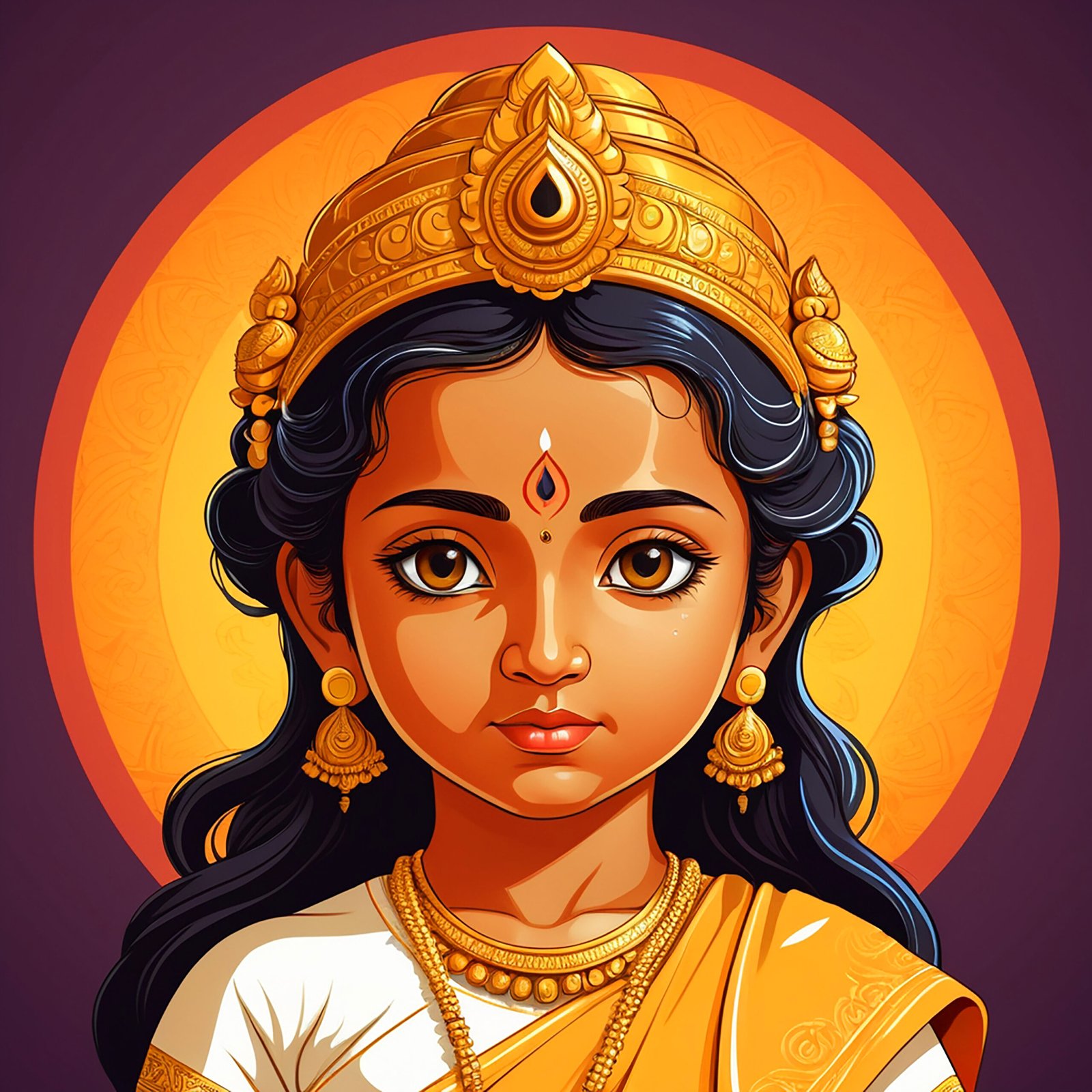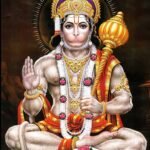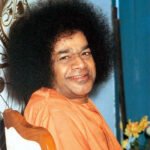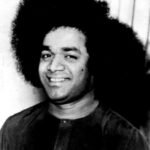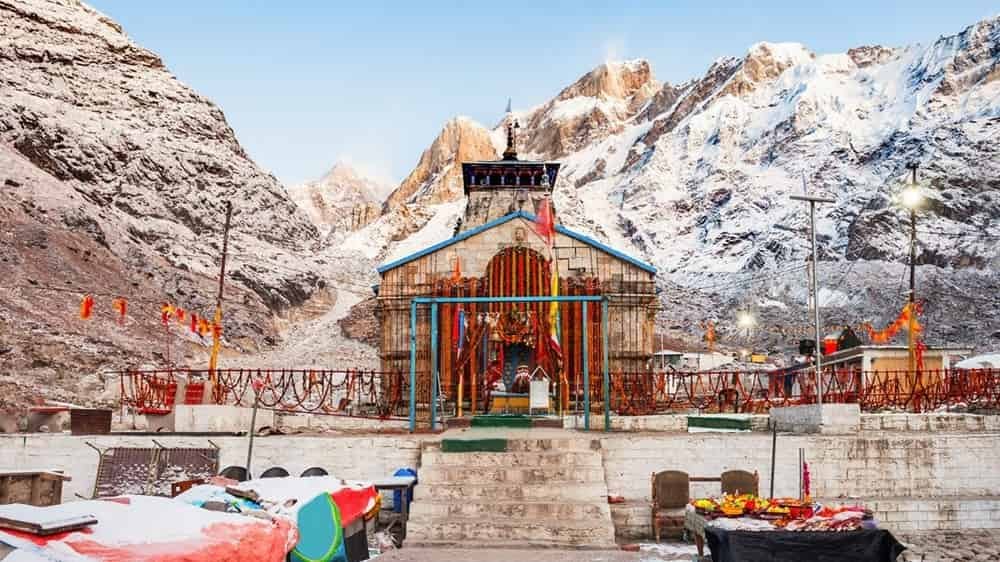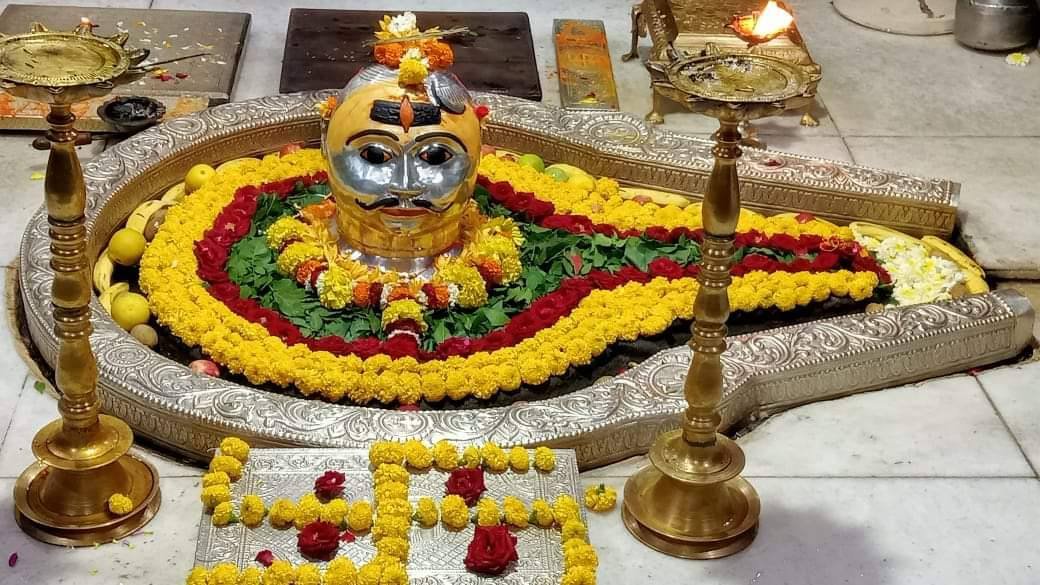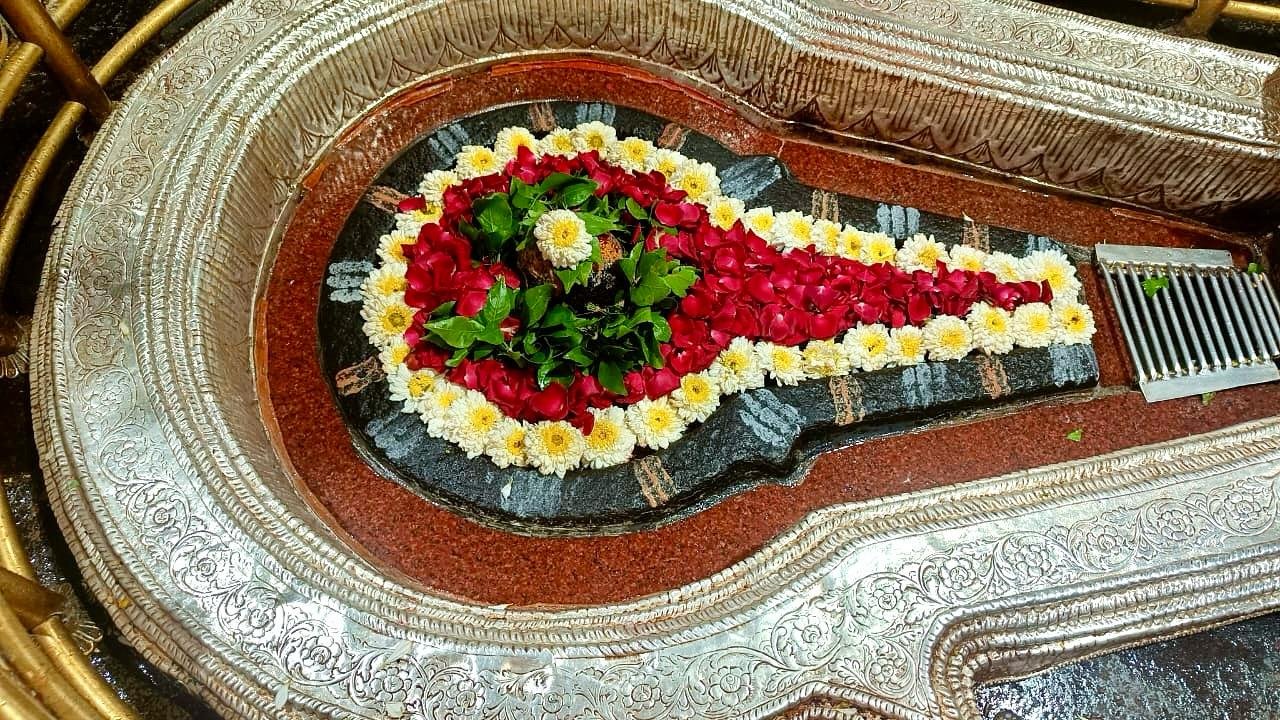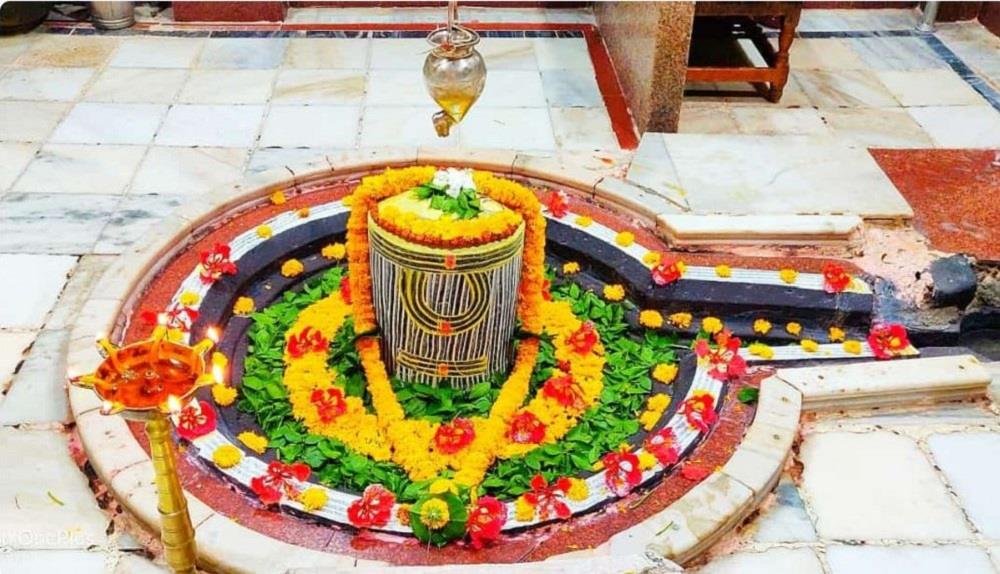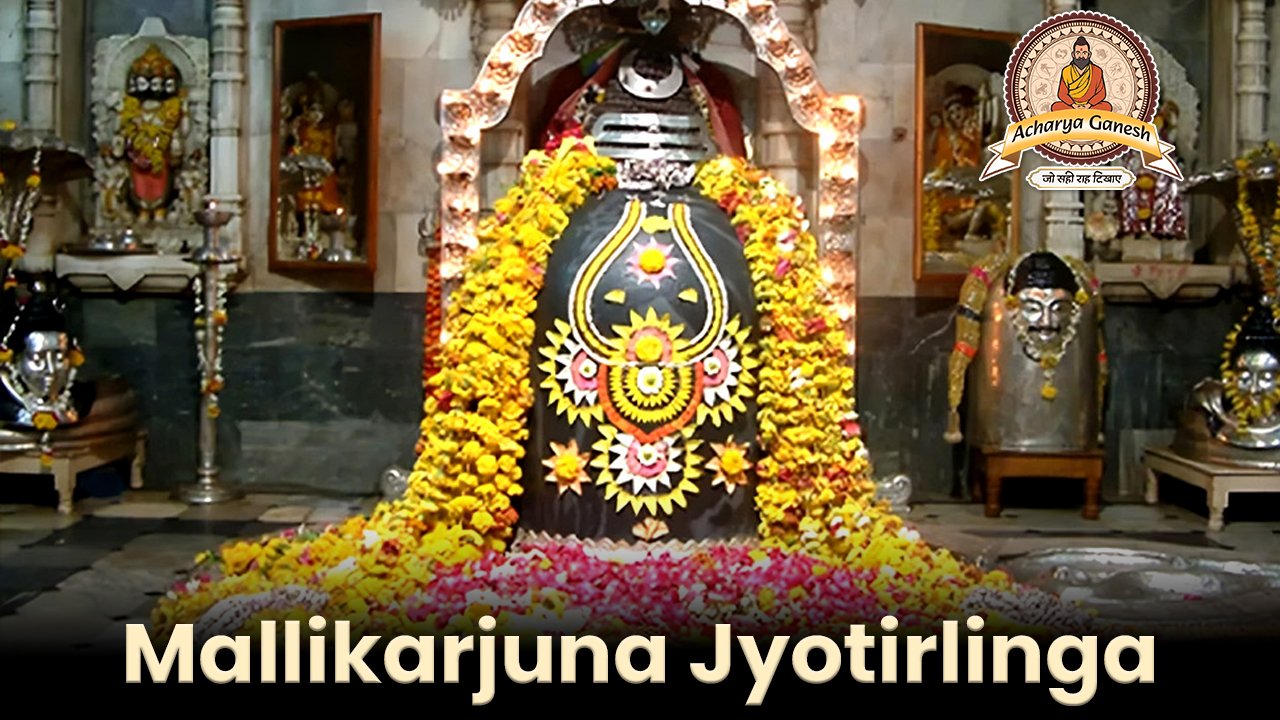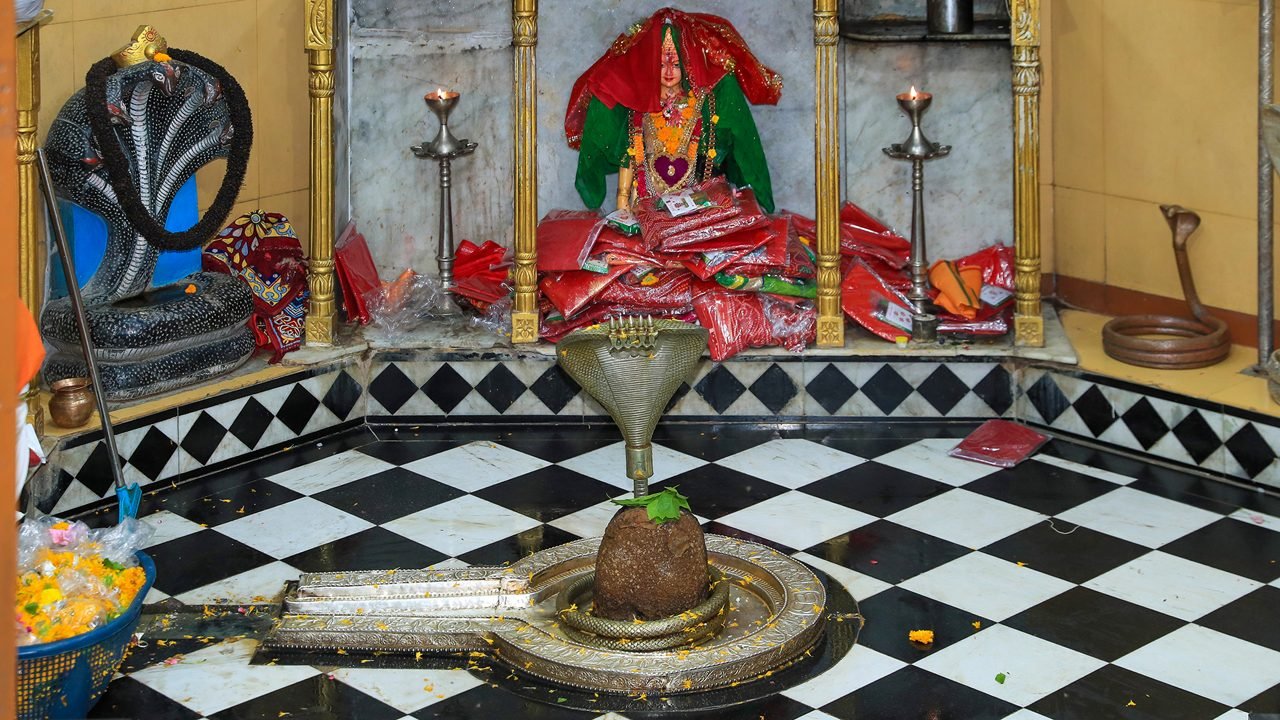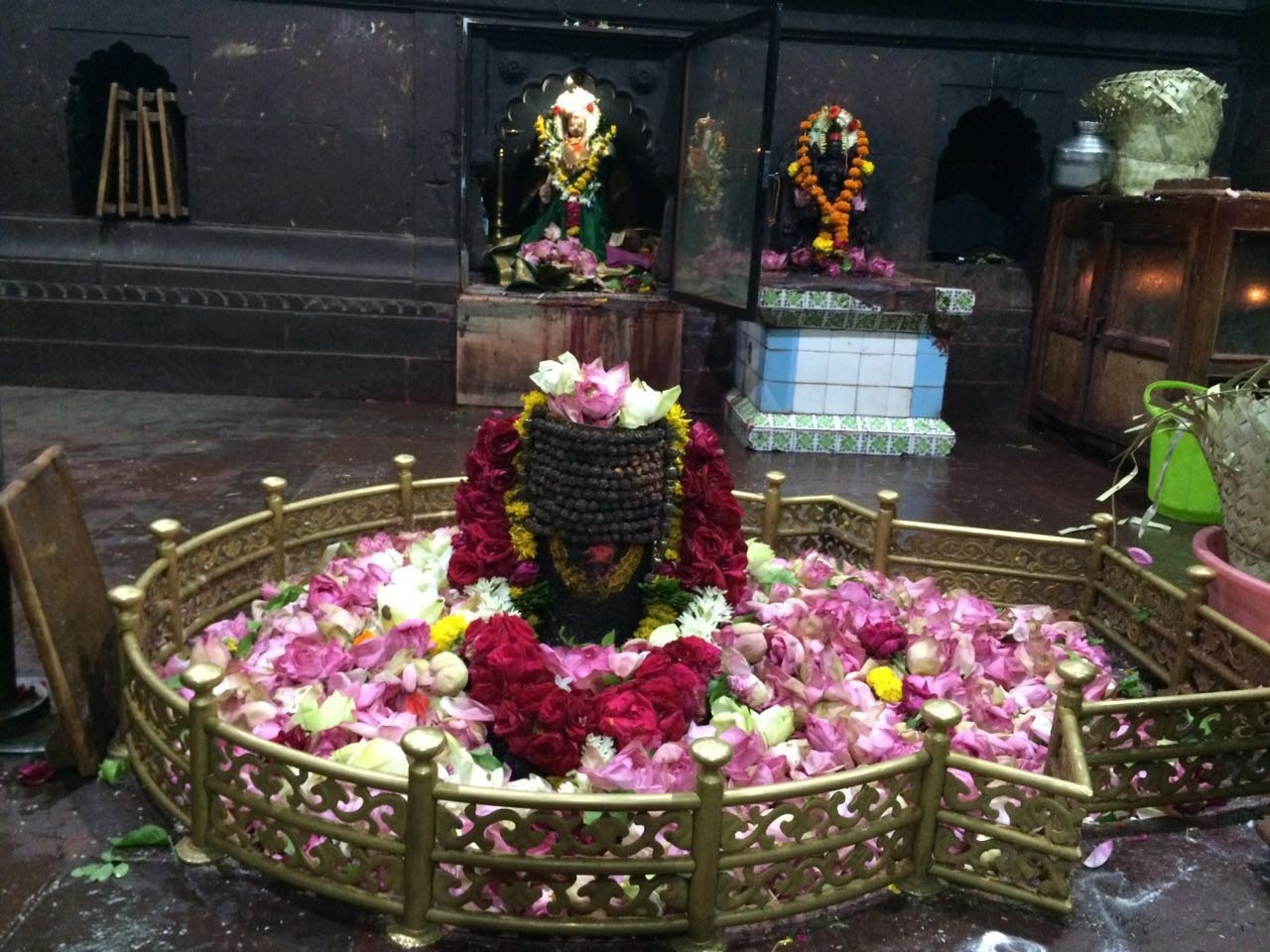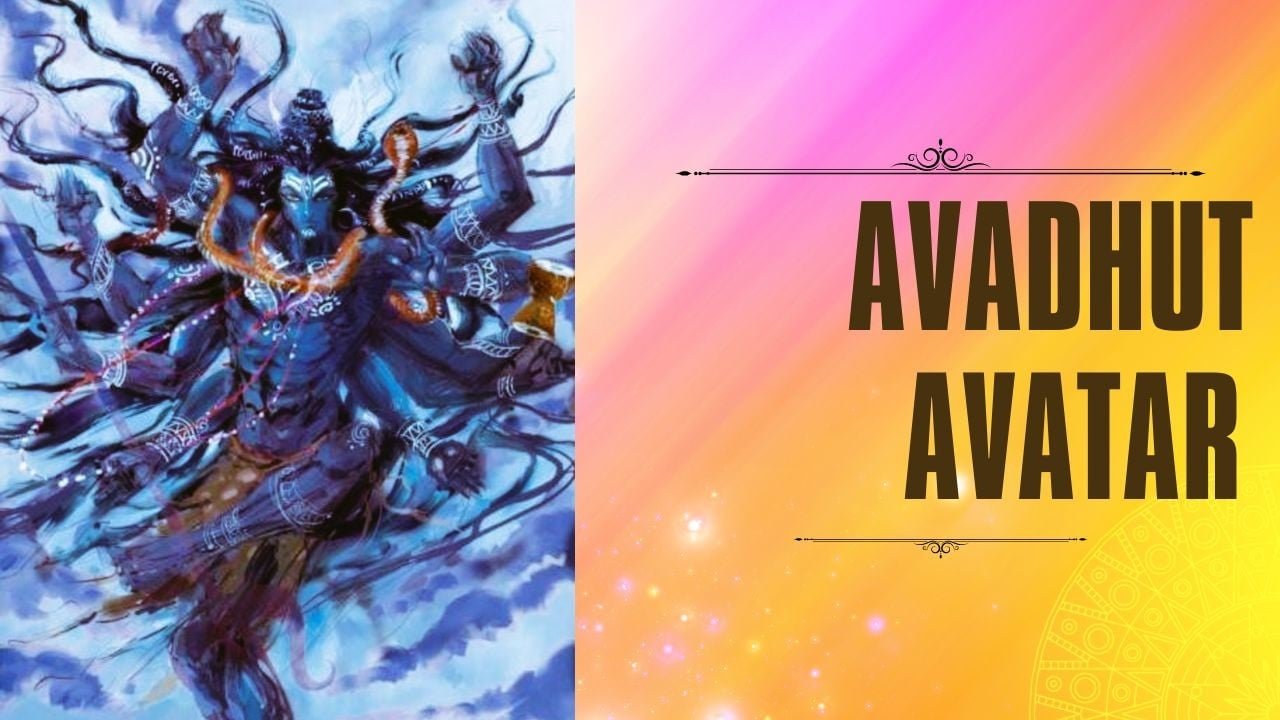
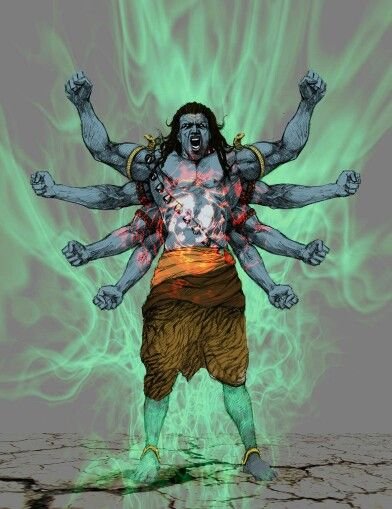
InThe Avadhut Avatar is also sometimes associated with the Avadhutas, wandering ascetics who practice extreme detachment from worldly concerns. These ascetics are seen as spiritually liberated beings, free from all attachments, and live in a state of constant bliss and awareness of their true divine nature. Shiva in his Avadhut form is the supreme teacher of this unconditioned freedom. this form, Lord Shiva incarnates as Hanuman to play an important role in the epic Ramayana, where Hanuman serves Lord Rama in his mission to rescue Sita from the demon king Ravana. Hanuman’s devotion, courage, and miraculous powers make him one of the central figures in Hindu mythology.
Mythological Significance of Avadhut Avatar
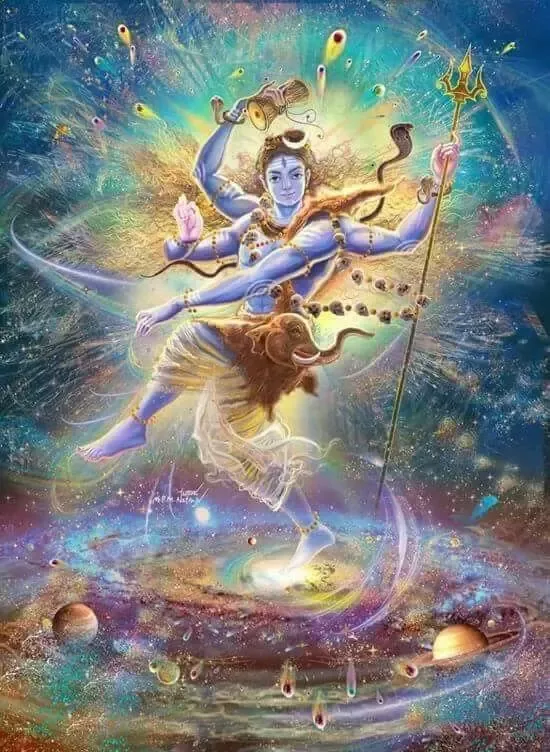
In the Avadhut Avatar, Lord Shiva’s role transcends the traditional norms of social structures and worldly relationships. His appearance in this form emphasizes the importance of detachment, self-realization, and the idea that true knowledge and freedom come from transcending all external identities and ego-based limitations.
Shiva as the Ultimate Renunciant:
- The Avadhut Avatar signifies that true spiritual liberation comes not from worldly success or possessions but from the renunciation of ego and desire. Shiva, in this form, is not bound by the rules of society or any external identity. He embodies the state of supreme detachment where the self is fully aware of its divine nature and free from the bondage of the material world.
Shiva and the Avadhutas:
Avadhutas are not concerned with societal expectations or rituals. They wander without any specific purpose, relying solely on self-realization and spiritual awareness. Lord Shiva as the Avadhut represents this absolute freedom and unconditional surrender to the divine.
The Avadhutas are a class of wandering ascetics who renounce all worldly attachments, live in complete detachment, and embrace a life of extreme simplicity. Lord Shiva, as the Avadhut, is often seen as the ultimate Avadhut, the first of these ascetics, teaching the path of absolute freedom and non-attachment.
Symbolism of Avadhut Avatar of Lord Shiva
The Avadhut Avatar carries deep symbolism related to renunciation, self-realization, and spiritual liberation. This form of Lord Shiva represents the shedding of all false identities and attachments to worldly life. It teaches that true freedom lies in the awareness of one’s divine essence, beyond all material distinctions.
Detachment from the Material World:
- The Avadhut Avatar symbolizes complete detachment from worldly desires, possessions, and social status. Shiva in this form is seen as an ascetic who is free from all material concerns and social expectations. His life is an embodiment of spiritual freedom, where he lives only for the pursuit of divine truth.
Freedom from Ego and Identity:
- One of the key teachings of the Avadhut Avatar is the idea of egolessness. Shiva, in this form, has shed all identities—whether related to caste, gender, or societal roles—and exists purely as a being of consciousness. This form teaches that true spiritual awakening requires the renunciation of ego and the recognition that all distinctions are illusory.
Bliss of Non-Attachment:
The Avadhut is often portrayed as being in a state of bliss, unperturbed by external events. This represents the state of supreme peace that arises when one is free from attachment, desire, and the burden of material identity. Shiva, as the Avadhut, shows that inner bliss and peace come from the realization of one’s true nature.

Worship of Avadhut Avatar of Lord Shiva

The worship of Avadhut Shiva emphasizes the renunciation of attachment and ego and the pursuit of spiritual liberation. Devotees who feel a calling towards this aspect of Shiva often engage in practices that promote detachment, meditation, and the cultivation of inner awareness.
Devotional Practices:
- Meditation and Self-Realization: Worship of the Avadhut Avatar often involves deep meditation, where practitioners seek to detach from worldly concerns and connect with their true self or Atman. Through meditation, devotees aim to transcend the ego and understand their oneness with the divine.
- Renunciation and Simplicity: Following the example of Shiva as the Avadhut, many devotees adopt a simple and ascetic lifestyle, focusing less on material possessions and more on spiritual practices. This may include living in solitude, fasting, and silence to deepen one’s connection with the divine.
- Rejection of Social Norms: Worship of Avadhut Shiva also involves transcending the boundaries of social conditioning. Devotees may reject the societal norms and expectations that limit the expression of their spiritual potential and instead embrace a life focused on inner truth and liberation.
Mantras and Chanting:
Devotees may chant specific mantras dedicated to Shiva in his Avadhut form to invoke his blessings for detachment, self-realization, and inner peace. The mantra helps in clearing the mind and removing attachments, allowing the devotee to experience the ultimate freedom of spirit.
Mantras of the Divine Avatar
ॐ अवधूताय महादेवाय नमः।
जीवन मुक्तिप्रदायिनि,
शिव शरणं शरणं शिव।
नमः शिवाय नमः शिवाय॥
Om, I bow to Avadhuta Mahadeva,
The giver of life and liberation,
Shiva, I take refuge in you.
Salutations to Shiva, Salutations to Shiva.
Aarti of the Divine Avatar
ॐ जय अवधूत महादेव,
जगत को तारणहार।
तुम्हारी शरण में हर कोई,
सांसारिक बंधन से मुक्त हो।
नमः शिवाय नमः शिवाय॥

